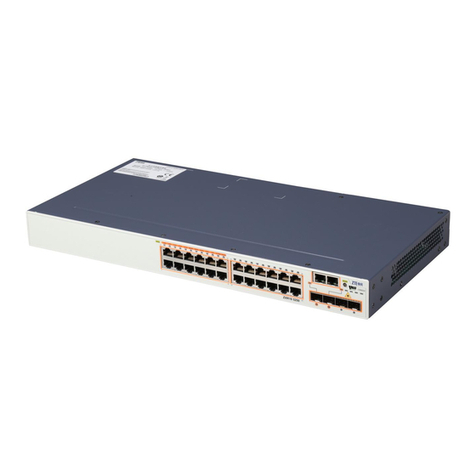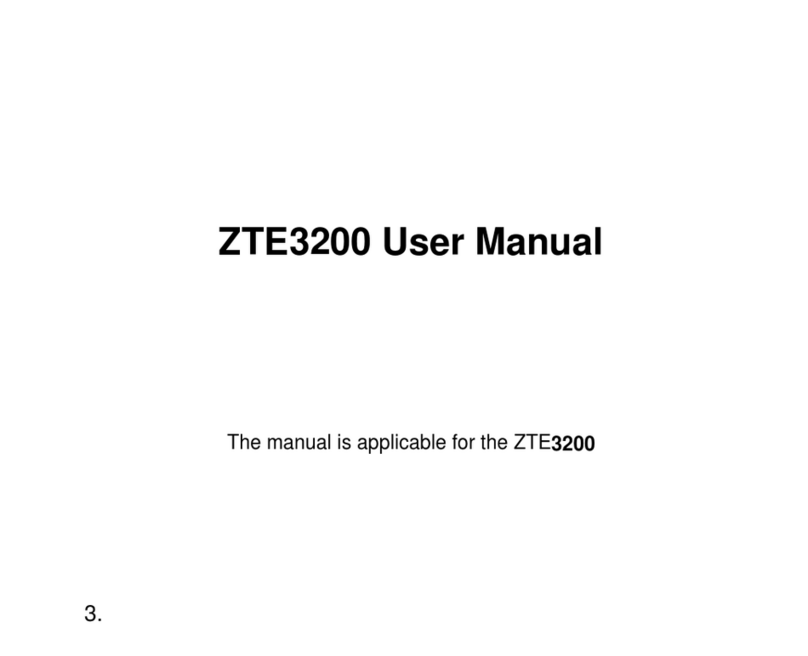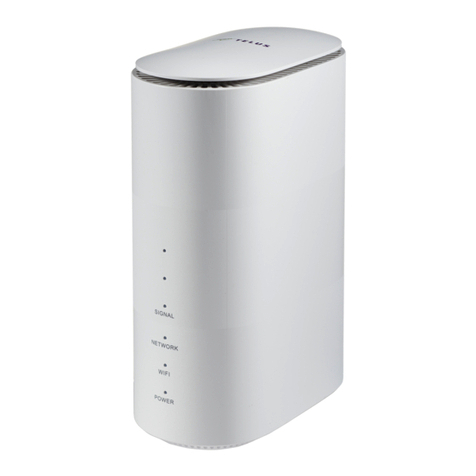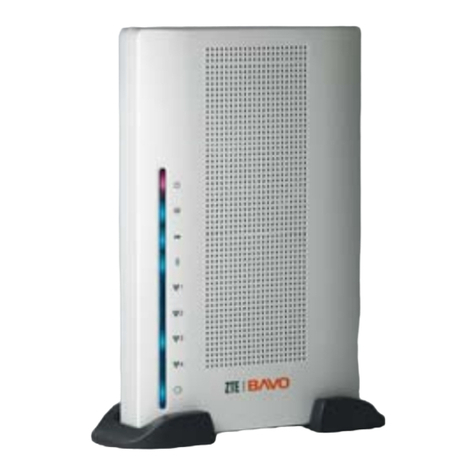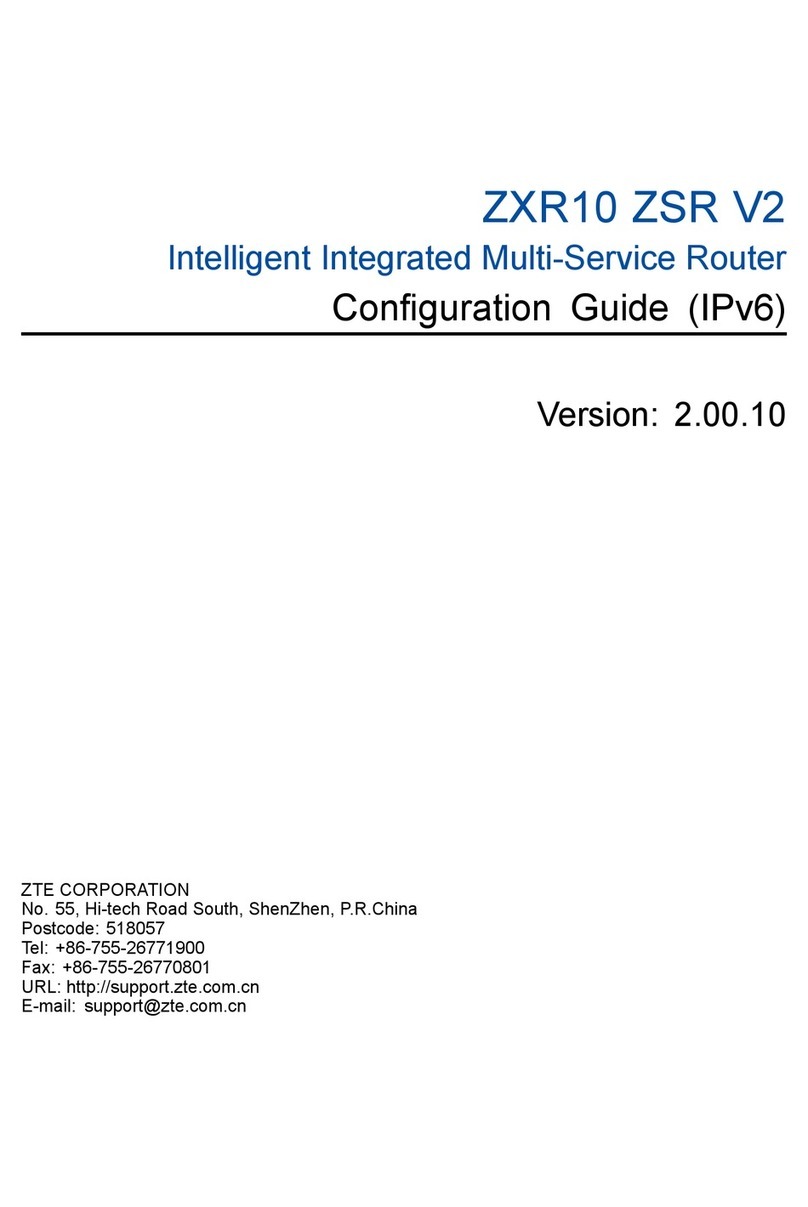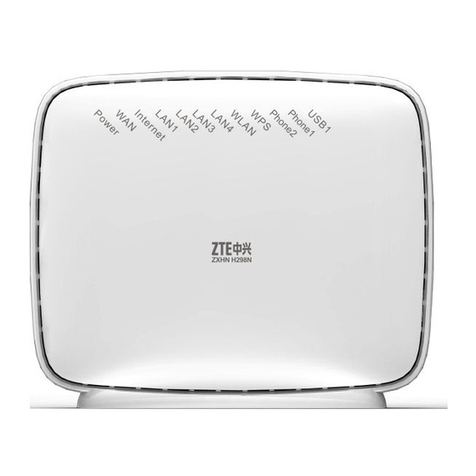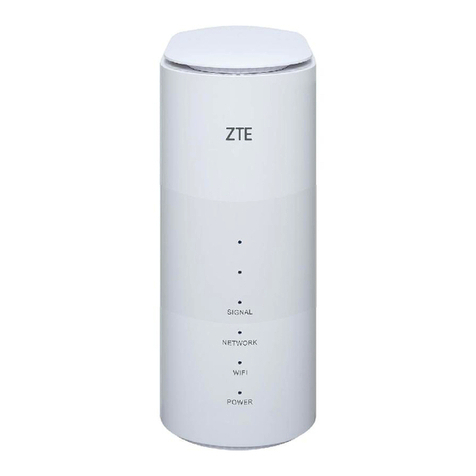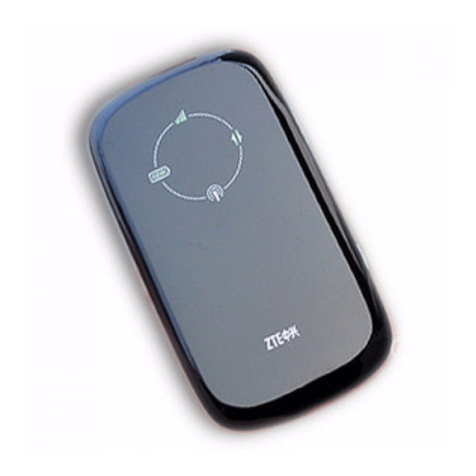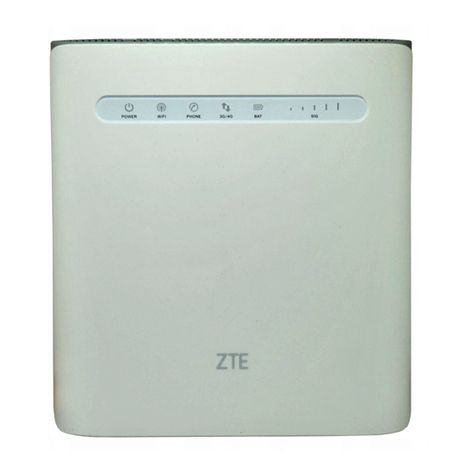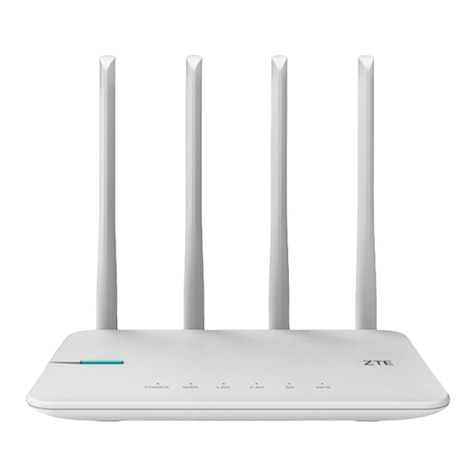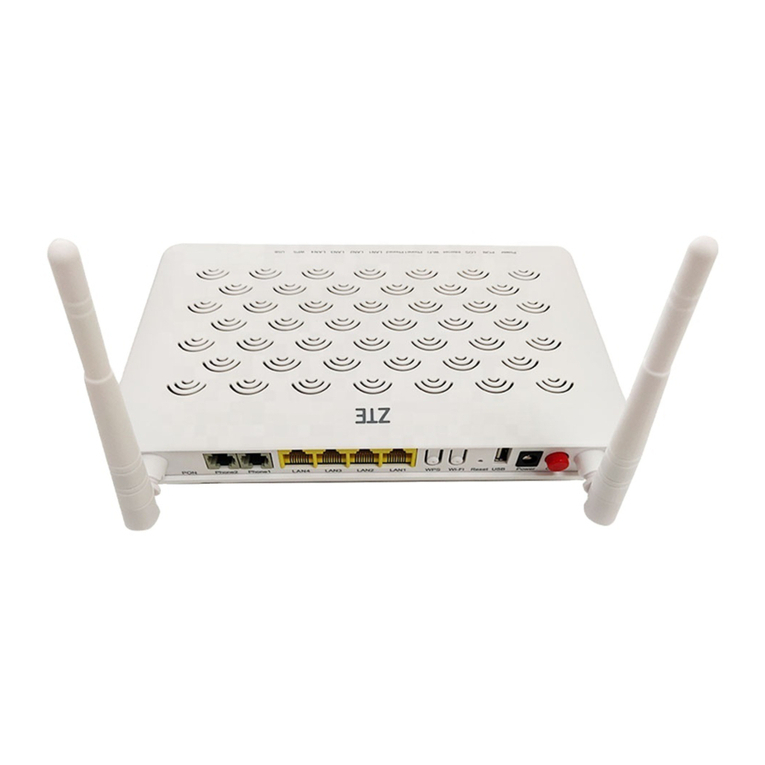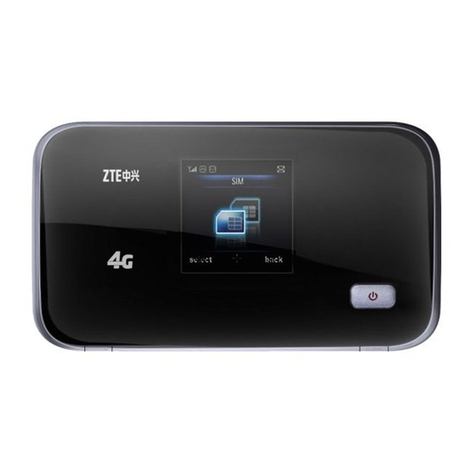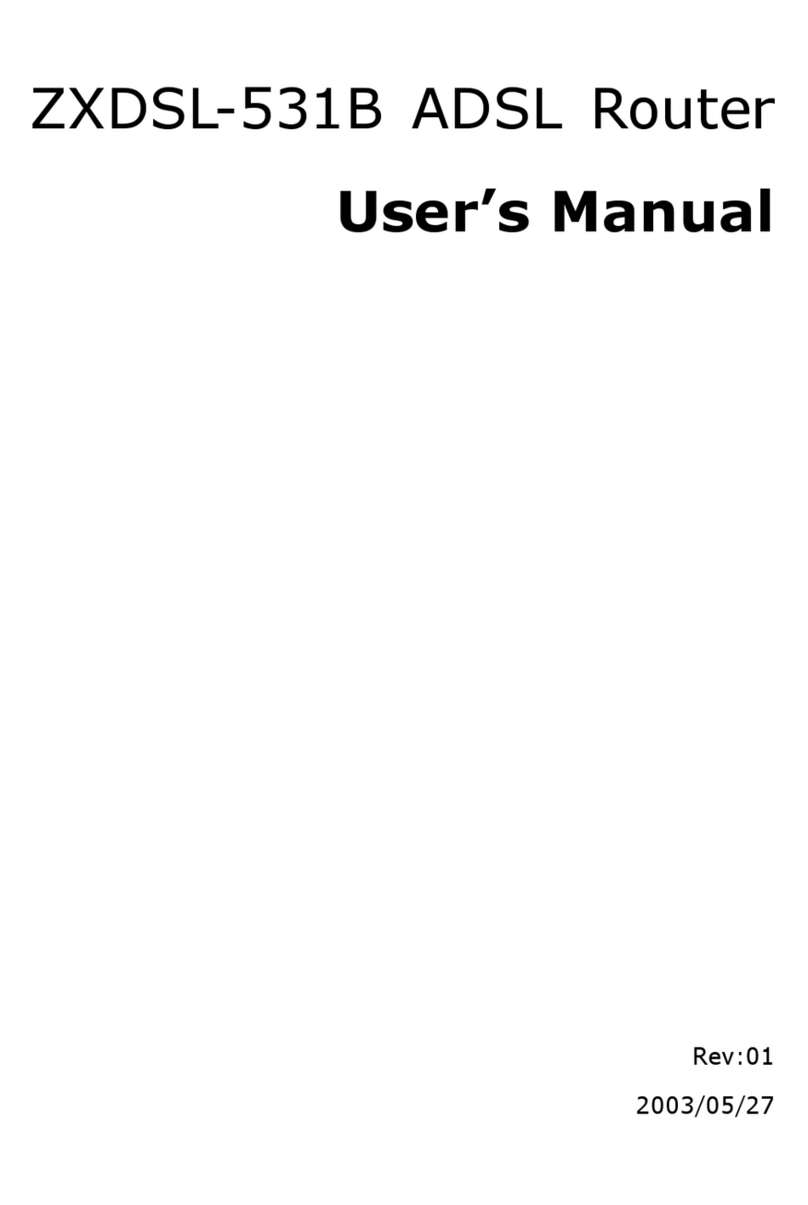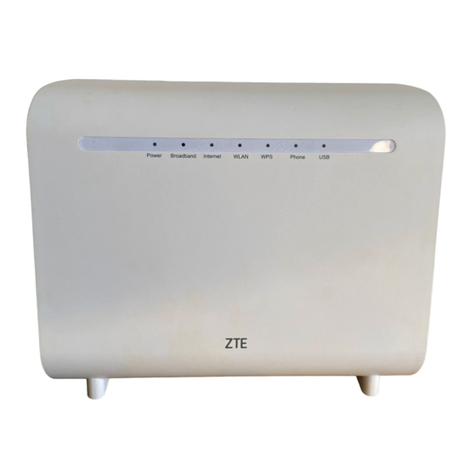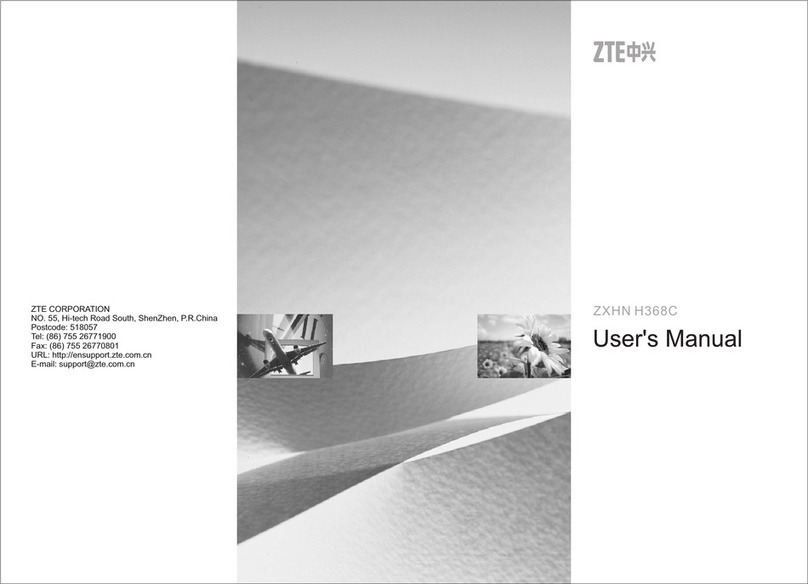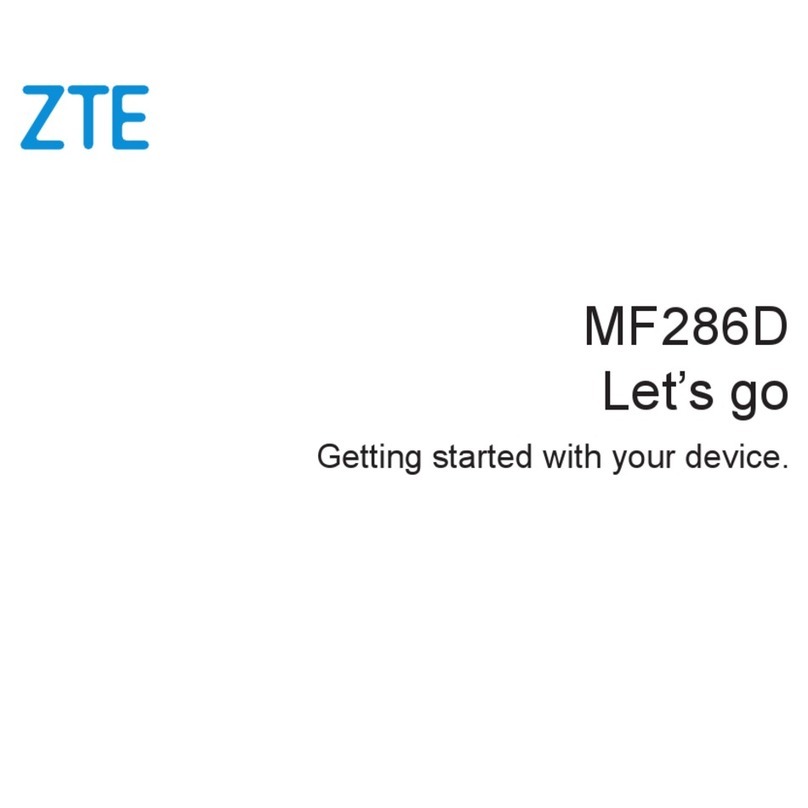4 © 2009 ZTE Corporation. All rights reserved. ZTE Confidential Proprietary
flows to monitor the designated addresses. Capturing port and monitored port could be
on one device or on different devices connected by stacking.
2.6 Compact structure
ZXR10 2600 series L2 Ethernet switches can satisfy the requirements of multiple access
occasions such as office building in enterprise network and MAN, and community
access point. With a compact small structure, adopting external AC power supply,
ZXR10 2600 series L2 Ethernet switches can be deployed in community racks or as
desktop application.
2.7 Complete support for protocols
ZXR10 2600 series L2 Ethernet switches support a great variety of protocols as follows:
IEEE 802.3 10Base-T Ethernet protocol, IEEE 802.3u 100Base-TX fast Ethernet
protocol, IEEE 802.3x traffic control protocol, IEEE 802.1x user authentication and
accounting protocol, port-based VLAN and IEEE 802.1q-based VLAN protocol, IEEE
802.1d STP (Spanning Tree Protocol), IEEE802.1w RSTP (Rapid Spanning Tree
Protocol), IEEE 802.1s MSTP (Multi-Spanning Tree Protocol), IEEE802.3ad LACP (Link
Aggregation Control Protocol), RFC854 Telnet, RFC2236 IGMP Snooping, RFC1757
RMON (4-group remote monitoring) protocol, and RFC1213 SNMP. (Simple Network
Management Protocol)
2.8 VCT and Loopback Test
VCT is a virtual cable test technology which adopts the time domain reflection (TDR)
method to detect the cable quality, connectors, and terminators. The VCT can diagnose
open circuit, short circuit, mismatching of cable impedance, damaged connector,
mismatching of terminator, and poor electromagnetic performance. The application of
the VCT technology greatly facilitates the engineering maintenance of LAN Switches.
ZXR10 2600 series L2 Ethernet switches provide bi-directional loopback, which is line
loopback, looping back to peer to diagnose whether data receiving and sending at
Ethernet port is normal.
2.9 Integrated network management capacity
ZXR10 2600 series switches support RFC1213 SNMP. In-band network management
adopts Telnet-based configuration management (by CLI command line) or SNMP-based
configuration management (graphic interface) to implement NetNumen N31 network
management platform-based integrated network management. NetNumen N31 data
network management system is a highly user-oriented, carrier-class, and cross-platform
data network management platform based on new Internet technology according to top-
down rule. It can implement integrated management and control of various data
products of ZTE routers, Ethernet switches, broadband access server, and xDSL.
ZXR10 2600 series switches support WEB+JAVA-based network management,
providing guide configuration and simplifying configuration process. They support ZGMP
cluster management protocols; automatic discovery and ZTE switch group management.






